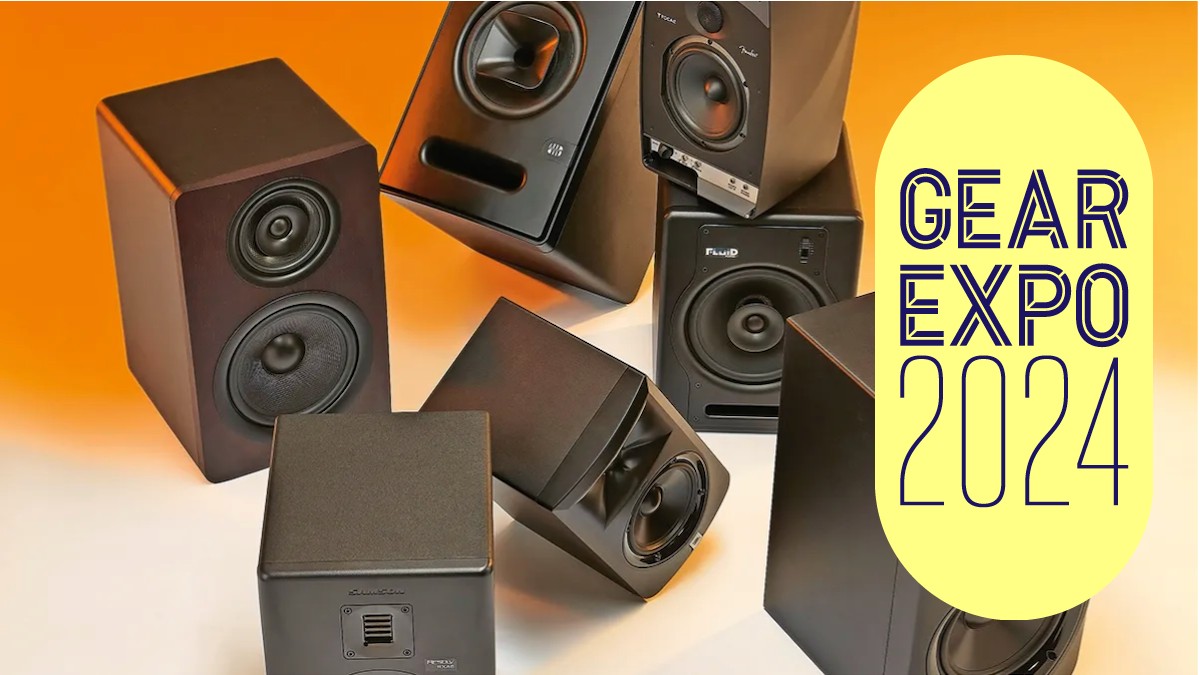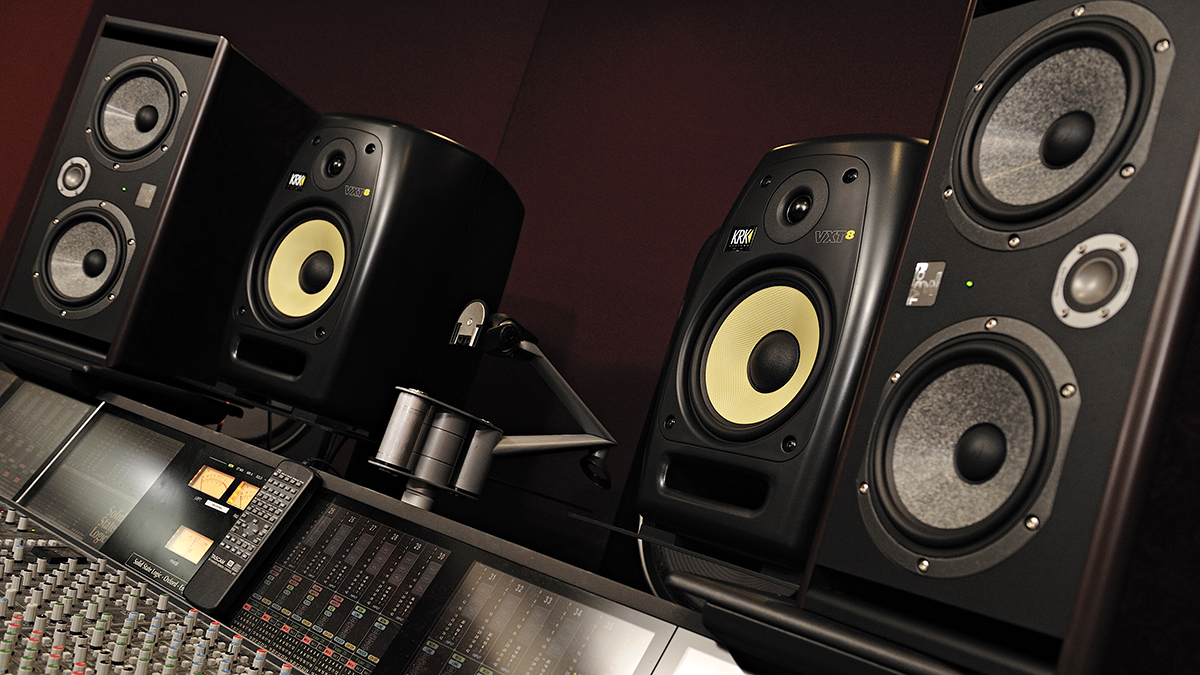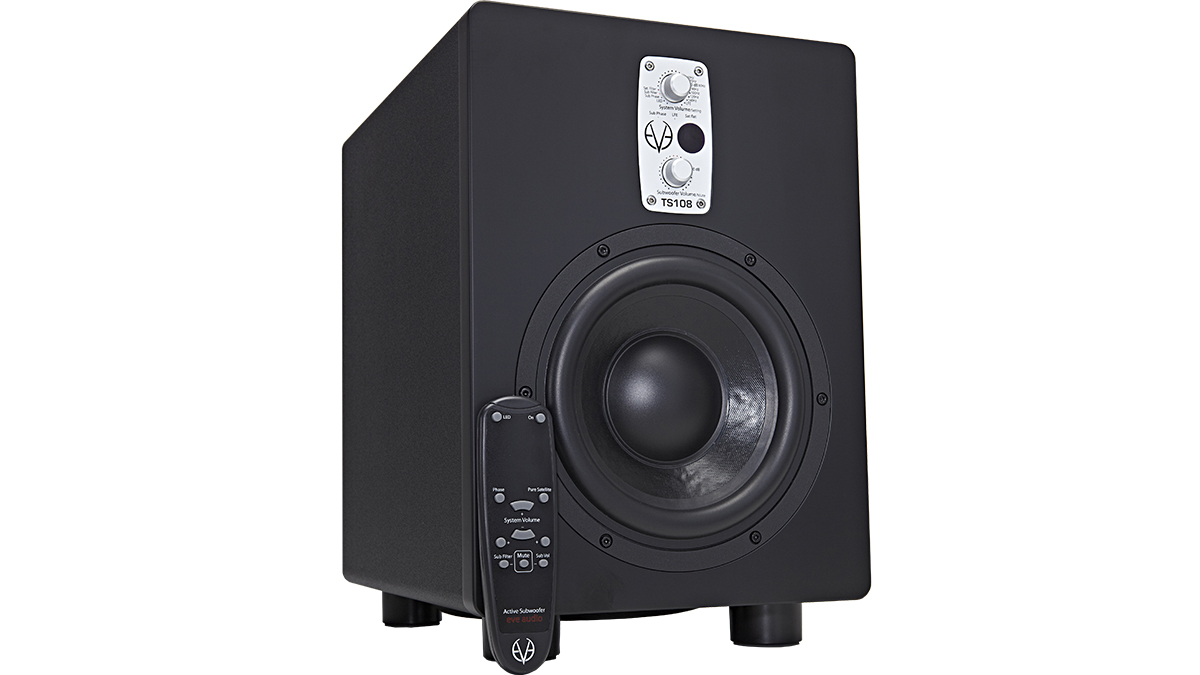
GEAR EXPO 2024: You’ve spent hours working on a track in your bedroom or home studio, and after meticulously tweaking the mix, you’re pretty happy with how it sounds. But then you listen to it somewhere else - in your mate’s studio, in the car, on your phone, or even over a club PA system - and the mix sounds nothing like it did in your own room. The balance is all wrong: the bottom end is boomy, the treble is harsh, and the vocals and lead instruments are way too quiet - or loud - in relation to the other parts. Sound familiar? If so, your monitoring setup may need a rethink!
So what differentiates a professional studio monitor speaker? Why do we need them? Wouldn’t a regular hi-fi speaker do the job? Well, no. ‘hi-fi’ speakers enhance the music played through them. They aim to impress you with exaggerated bass, overhyped midrange and pushed treble - ideal for the average listener, but not so great when you want a clear representation of your mix.
In contrast, studio monitors are designed to reveal a true picture of the audio coming out of your speakers, warts ’n’ all. This uncompromising picture of your mix balance means you can make critical mixing moves, confident that what you’re hearing will translate to all other playback systems. In this respect, monitors tend to be less pleasant-sounding, and in some cases more fatiguing, than hi-fi speakers, where the tonal balance is designed to enhance music for your average music listener.
Studio monitors come in all shapes, sizes and types, so it’s worth knowing exactly what you need, what you’ve got, and what you want. The first differentiation we’re going to look at is amplification.
Active or passive?
The electrical signals coming out of a mixing desk or audio interface are calibrated to a different level than those required by a typical loudspeaker. For that reason, almost every monitor needs the help of an amplifier, to give the signal that extra juice. That amplifier can either be incorporated within the speaker itself, in which case you have active monitors, or used separately and externally, alongside your passive speakers.
In reality, the vast majority of monitors these days are active, using compact onboard Class D amplifiers, but there are notable exceptions: Yamaha’s famous NS10 is a passive design, and some high-end manufacturers, such as PMC, Amphion, ATC and MunroSonic, still produce passive monitors. For the average home studio, though, active monitors are usually far more practical, as you don’t need to choose, find, buy and place an external amp.

Two-ways and three-ways
It can’t have escaped your notice that some designs contain two speakers, some three, and some even more. A single speaker can't really deal properly with both lows and highs, so having multiple speakers, each dedicated to its own frequency range, results in a far truer sound.
A classic two-way speaker employs one woofer, dedicated to producing low frequencies, and a tweeter that kicks out high-mid and high frequencies. The signals are separated by a crossover filter, which, as you can imagine, splits the input into low and high bands. In cheaper monitor designs, this crossover point sits at a crucial midrange area, so many higher-end monitors feature three-way (or even four-way) designs that employ more speaker drivers, aiming to keep those key midrange frequencies free of crossovers and so clearer.
Sizing up
As a general rule, the bigger the monitor, the more power it can output, and the more bass frequencies it will kick out. Your room’s size and how well acoustically treated it is will probably determine the size of monitor it can handle: big, loud monitors can easily overload a small space.
Nearfield monitors are designed to be placed fairly close to the listener’s ears, in a typical home studio. Midfields, on the other hand, are designed to be placed further away, at a further distance apart, in a bigger room. Lastly, professional studios usually also feature giant, full-range monitors, referred to as mains.
Monitor sizes are based on the woofer diameter, with that number often part of the model number - for a nearfield monitor, this can range from 3 inches to 8 inches. For most small to medium rooms, nearfields are adequate.
Ports of call
Without getting into too much technical detail, a monitor’s bass port is an exposed hole or pipe that vents air out of the monitor, and is tuned to resonate in the low end to help extend the monitor’s low-frequency response. Bass reflex ports can be either forward- or rear-facing - in the case of the latter, monitor proximity to a rear wall can be problematic, so try to avoid a
rear-facing port design if you can’t position the monitors at least a foot away from a wall.
Conversely, other designs eschew reflex ports - which can overhype bass frequencies and exhibit subtle distortion - in favour of a sealed cabinet, transmission line or even cardioid design, which can all give a less exaggerated, tighter bass and better low-frequency transient response.
Plugging in
What about the connections that actually get signals into the monitors? Active monitors can offer jack, XLR, phono, digital and/or USB connections, and they’re designed to be hooked up directly to your audio interface or computer. If your interface has balanced outputs, opt for your monitors’ balanced XLR or jack input to reduce noise.
For passive monitors, you’ll need to send your interface or computer output to an amplifier and then connect that to your monitors. At the very least, active monitors also include a level control, and room-compensating EQ controls are common.

Do I need a subwoofer?
Many monitor speakers only output low-end frequencies down to around 40-60Hz (depending on design), so the addition of a subwoofer can extend the overall frequency response of the entire monitoring system down much further – usually to 20Hz. This allows you to hear what’s going on in the subsonic area, mix kick and bass better, check for rumble, and generally tidy up the low end of a mix. What’s more, because we find it hard to determine the direction of lower frequencies (typically below around 80Hz), that rather cumbersome subwoofer unit can potentially be tucked away somewhere convenient, anywhere in the studio.
Sounds like a no-brainer, right? Well, it’s not quite that simple. First, adding a sub effectively creates another crossover frequency in your setup, and even well-set-up systems can sound annoyingly disconnected right at the all-important bass frequencies. Also, a sub may reveal low frequency modes in your room, creating loud and quiet areas at specific frequencies - fixing this could require a combination of better room treatment (bass trapping), moving the sub (trial and error) and inverting its phase (if your sub has this option).
For all their potential trickiness, though, subwoofers can provide a low-end perspective that’s missing from nearfields, and in a worst case scenario, you can simply use the subwoofer occasionally to check your sub bass balance.
Looking for more great new gear? Get all our round-ups, news, features, tutorials, tips and more at our Gear Expo hub page.







